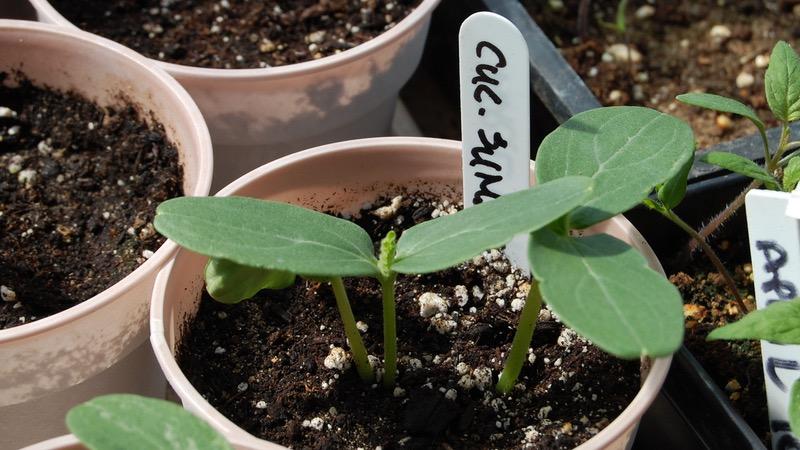- Ensure the planting area is free of weeds.
- Plant in a pattern, ideally in a row. Knowing where you plant your seeds will help you identify what a seedling is and what a vegetable is. It helps to set a guide string tied to short stakes in the ground and add plant markers, so you remember where everything is planted — and what it is.
- Plan your space. If you bought your seeds in a package, it would tell you how far apart to space the plants and the rows, though generally, you want to leave 12 inches between rows to allow for careful weeding and a little pathway to get through your garden.
- Choosing the right depth is very important for germination success. Seeds planted too deep could fail to germinate or be very weak when they do. The general rule is to plant seeds at a depth of about two to three times the size of their width, but it’s best to check the seed package before you get started. For tiny seeds like lettuce, put them on top of the soil and then press them down gently, tucking them in (the soil should be firm but not compacted).
- Water carefully. If there’s too much water over the top of the seeds, they may wash away or pop up in another part of the garden where they may be mistaken for a weed. A “sprinkle” or “shower” setting on the hose end will give a good flow.
- Keep the soil moist.
- Plan a small area for extras. It happens to all gardeners — you plant a row, and some seeds fail to push through. This is why it is a good idea to plan a small area with extra plantings that can later be transplanted in the rows with missing plants.














